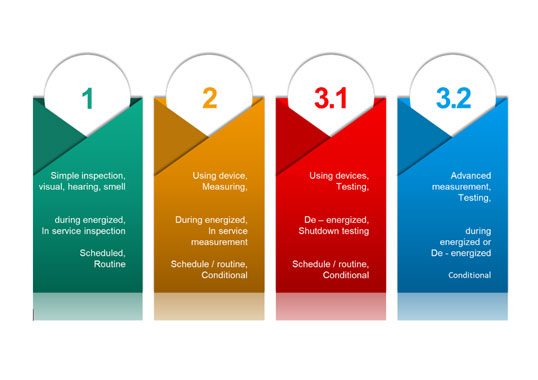Investigating Metal Oxide Surge Arresters for HVDC Circuit Breakers by Peter Hock and Nadew A Belda
Considerable effort is being devoted these days to realizing multi-terminal, meshed HVDC transmission networks. One of the crucial components of such a grid is the HVDC circuit breaker, which must be capable of clearing DC faults without de-energizing the DC side of the grid. Recently, several HVDC circuit breaker solutions have been proposed and some are already available as prototypes. Unlike AC circuit breakers, a DC breaker has to deal with special requirements for interrupting direct current, e.g. creating artificial current zero(s), generating a counter voltage higher than system voltage and large energy absorption with extremely fast operation. So far, the energy absorption requirement of an HVDC breaker has not yet been brought to consideration, even though all technologies proposed include an energy absorption component. Metal oxide surge arresters (MOSAs) are used for this purpose, however the kind of stress an MOSA has to deal with in a HVDC circuit breaker is not taken into account during their engineering for application on an AC grid and is also not yet covered by any standard. This presentation discusses requirements of MOSAs for HVDC circuit breakers. For example, several parallel-connected columns are needed to cope with large energy absorption and, due to application conditions, DC stable metal oxide varistors must be used. Features such as current sharing among columns, temperature rise, energy handling and accelerated ageing are all investigated and results of tests performed under real application conditions are presented.









